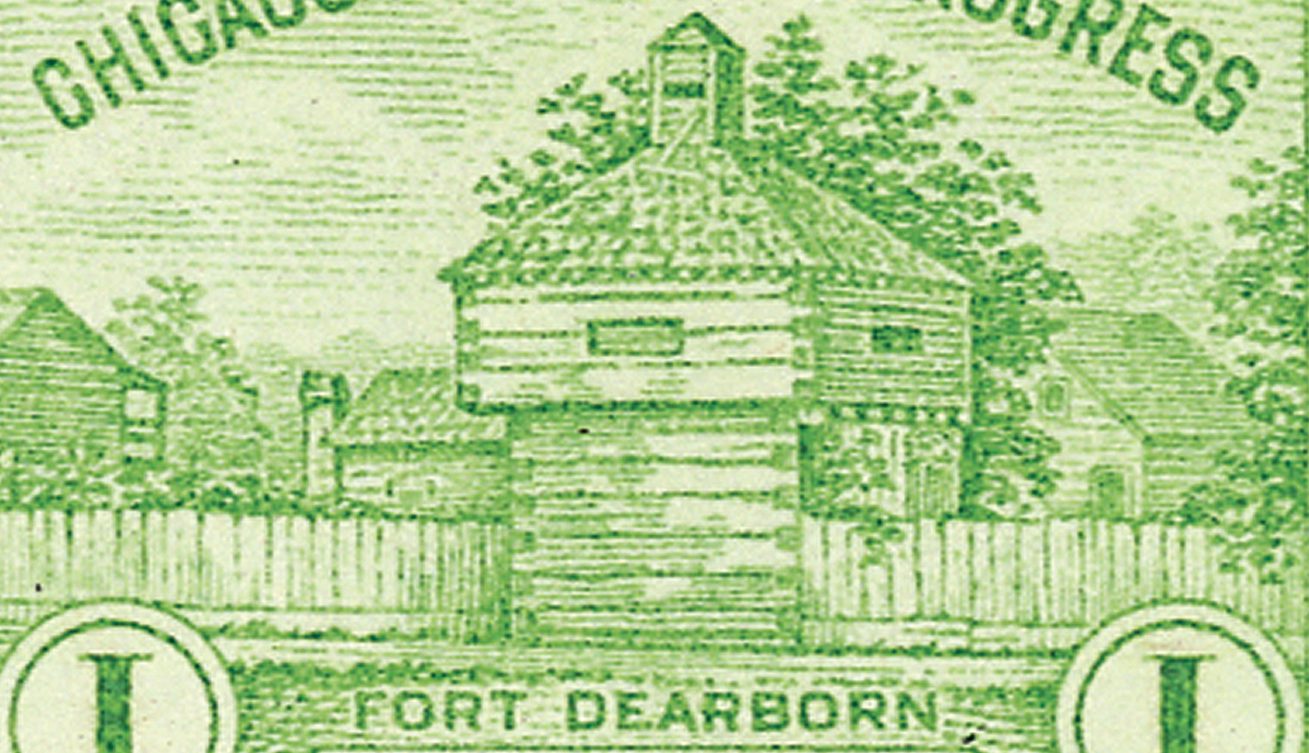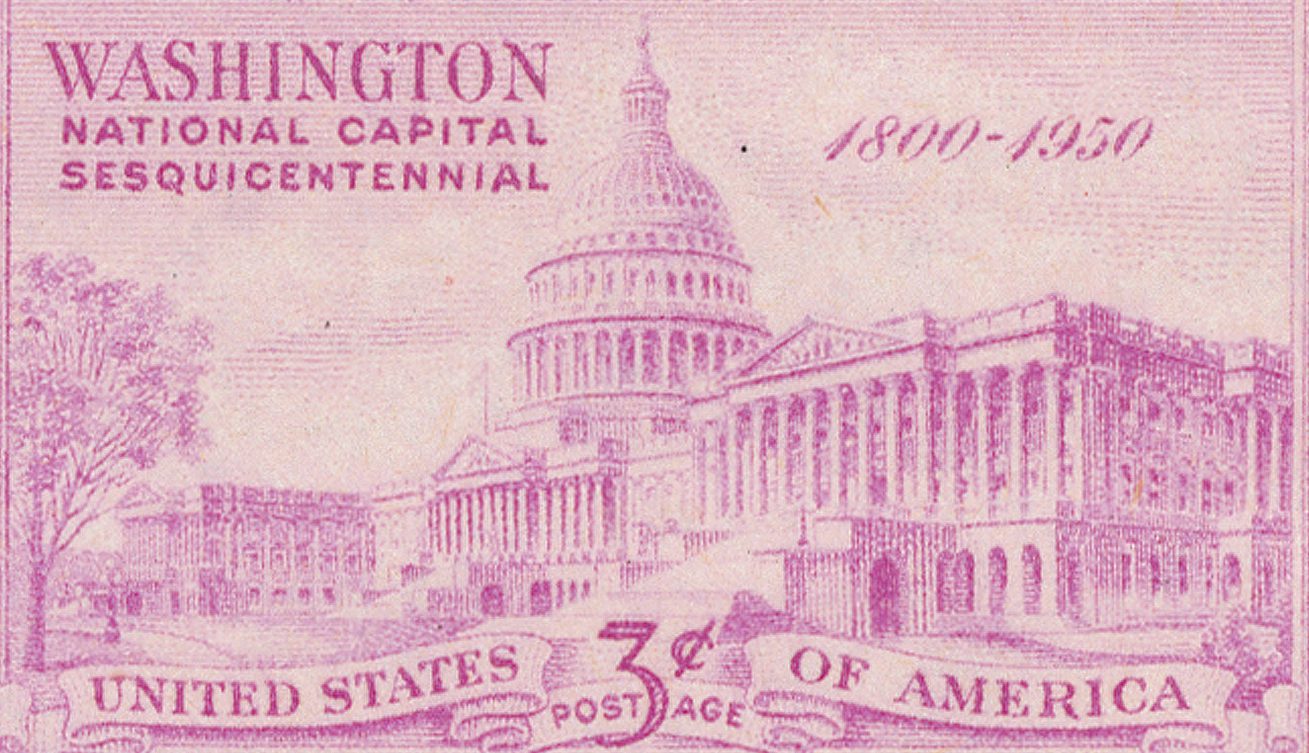First USS Constellation Launched
Ordered by a Congressional Act in 1794, the first American ship to be christened the Constellation was launched on September 7, 1797. It was the first ship commissioned into the United States Navy; the first put to sea; and the first to fight, defeat, and capture an enemy vessel.









